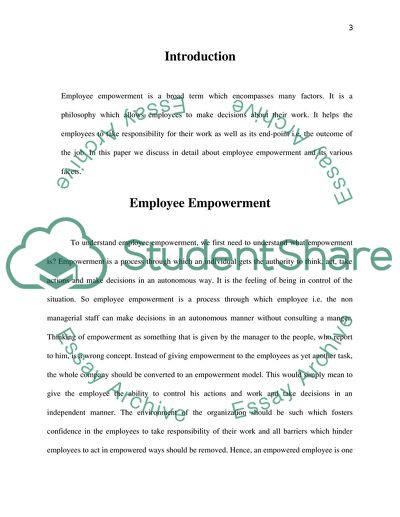Cite this document
(Employee Empowerment Article Example | Topics and Well Written Essays - 2750 words, n.d.)
Employee Empowerment Article Example | Topics and Well Written Essays - 2750 words. Retrieved from https://studentshare.org/human-resources/1742598-employee-empowerment
Employee Empowerment Article Example | Topics and Well Written Essays - 2750 words. Retrieved from https://studentshare.org/human-resources/1742598-employee-empowerment
(Employee Empowerment Article Example | Topics and Well Written Essays - 2750 Words)
Employee Empowerment Article Example | Topics and Well Written Essays - 2750 Words. https://studentshare.org/human-resources/1742598-employee-empowerment.
Employee Empowerment Article Example | Topics and Well Written Essays - 2750 Words. https://studentshare.org/human-resources/1742598-employee-empowerment.
“Employee Empowerment Article Example | Topics and Well Written Essays - 2750 Words”, n.d. https://studentshare.org/human-resources/1742598-employee-empowerment.


